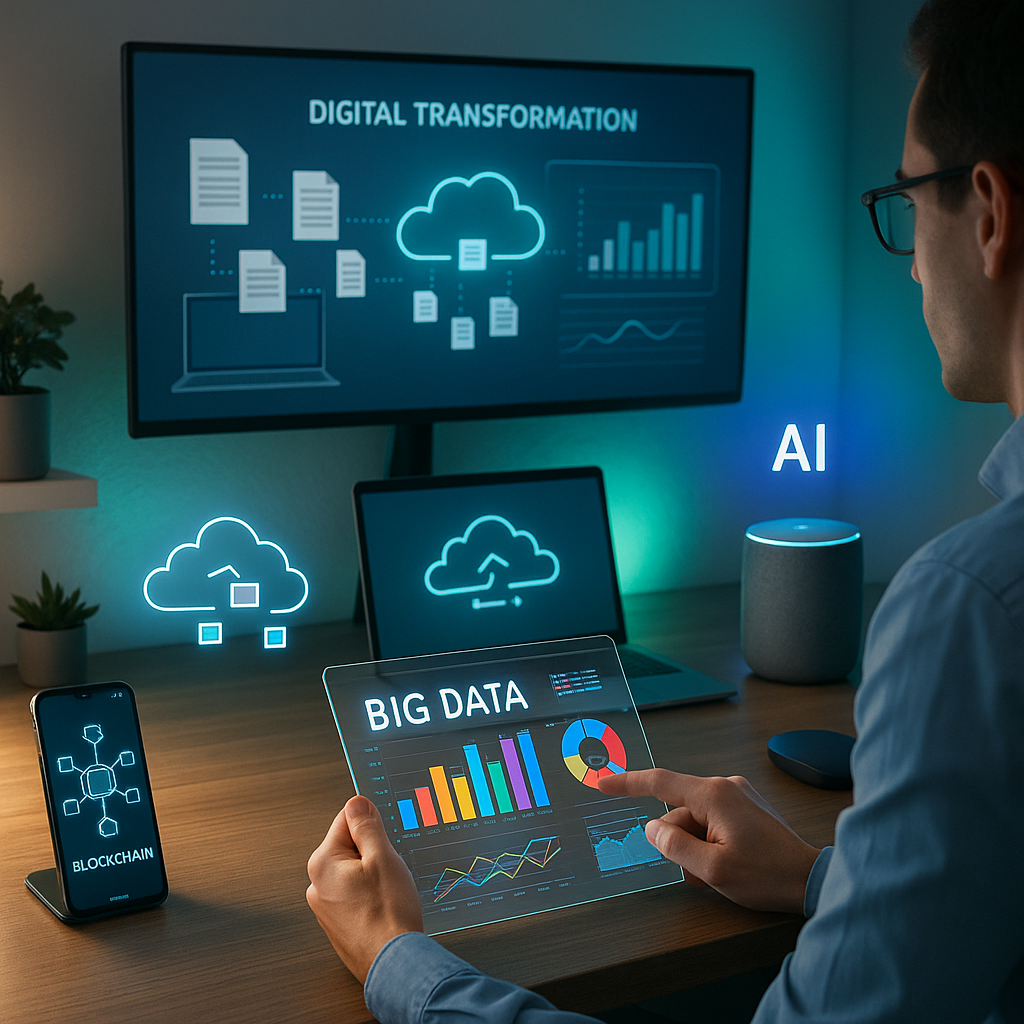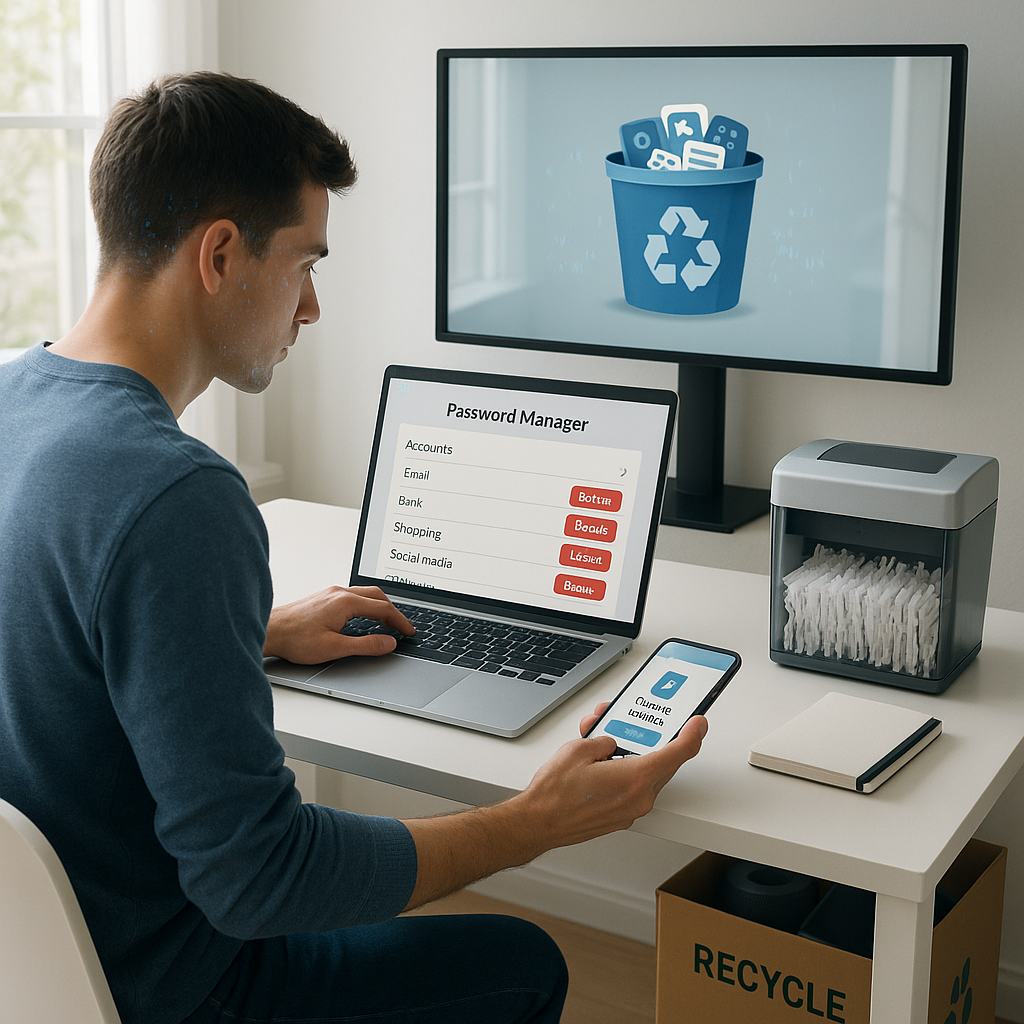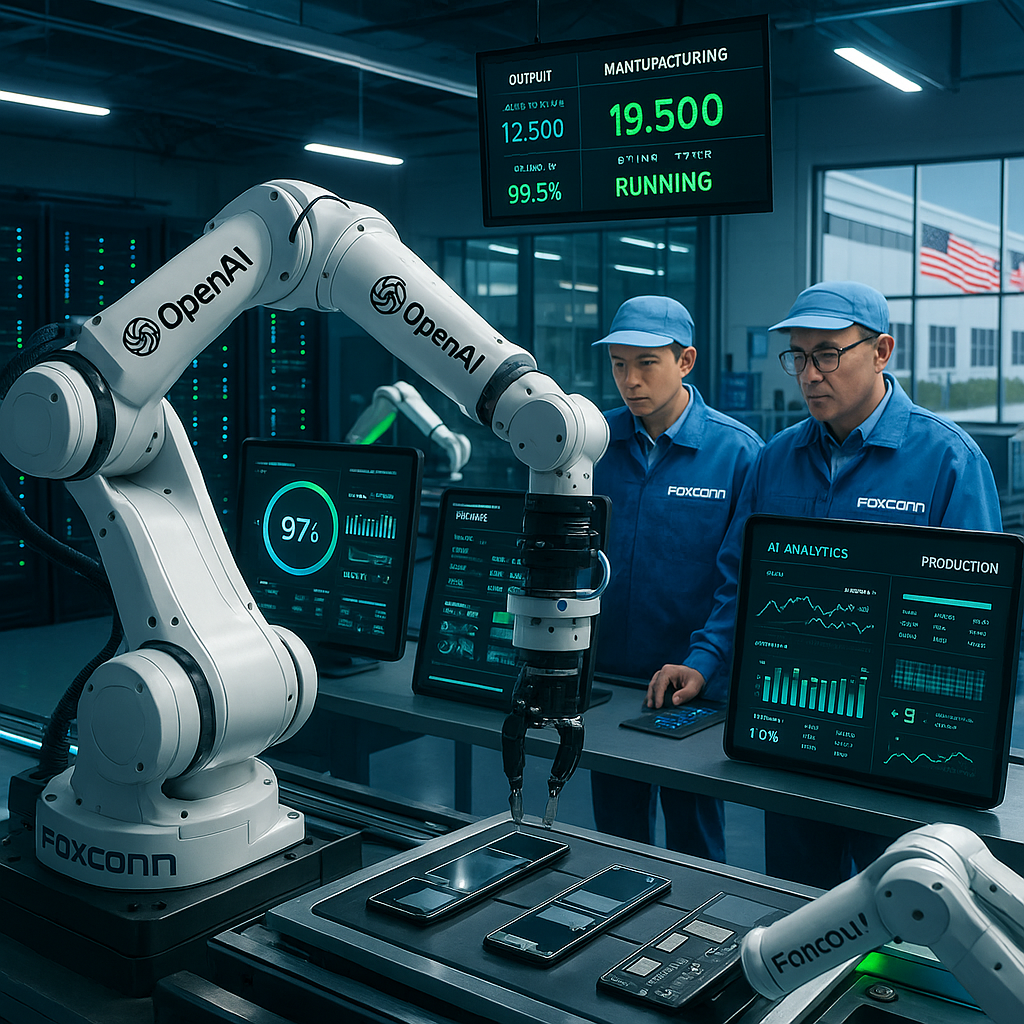Key Takeaways
- Tech buzzwords can sound intimidating at first, but understanding them is essential for making sense of our fast-paced digital world. This guide breaks down major tech terms into simple, digestible explanations, making it easy for anyone to join the conversation with confidence. There is no need to worry about jargon or information overload.
- Artificial Intelligence (AI) unlocks smarter technology. AI refers to machines or software designed to mimic human intelligence. For example, virtual assistants like Siri or Google Assistant learn and improve over time by analyzing your interactions and adapting to your needs.
- Blockchain brings trust and transparency to digital transactions. A blockchain acts as a decentralized, secure ledger recording digital exchanges. Imagine it as a digital notebook that everyone can access and verify, but no one can secretly alter.
- Big Data transforms information into actionable insights. The term Big Data covers the vast amounts of data generated every day, which businesses and organizations analyze to spot trends, enhance services, and make informed decisions.
- Cloud Computing delivers your data and applications anywhere. Cloud computing allows you to store and access files or software over the internet rather than on your device alone. This means you can reach your data from any location and any device, increasing flexibility and convenience.
- Digital Transformation reshapes how we live, work, and interact. This concept focuses on shifting from traditional to digital processes. Examples include moving from paper forms to online platforms, which streamlines routines for businesses, schools, and individuals alike.
- Ultra-brief clarity always beats complicated jargon. Each concept is explained concisely to demonstrate that anyone can grasp even the trendiest tech lingo without hours of study.
Curious to decode the terms that dominate tech headlines? Read on as we break down each buzzword in plain English and reveal how these emerging concepts already impact your everyday life.
Introduction
Struggling to keep up when conversations turn to AI, blockchain, or cloud computing? You aren’t alone. Tech buzzwords can leave even the most enthusiastic beginners feeling left out. However, understanding these essential terms is the key to confidently navigating the digital landscape and joining the tech conversation with ease.
This guide aims to remove the confusion by providing crystal-clear explanations of five foundational tech buzzwords every beginner should know. Discover how these concepts are more relevant to your life than you might think. With one simple definition at a time, you’ll see just how approachable and practical tech talk can be.
Let’s take a closer look at these popular technology terms and learn why understanding them is your best first step toward tech confidence.
Un passo avanti. Sempre.
Unisciti al nostro canale Telegram per ricevere
aggiornamenti mirati, notizie selezionate e contenuti che fanno davvero la differenza.
Zero distrazioni, solo ciò che conta.
 Entra nel Canale
Entra nel Canale
Artificial Intelligence (AI): Your Smart Digital Assistant
Artificial Intelligence works much like a helpful friend who learns from experience and makes smarter choices with time. Rather than following inflexible instructions, AI systems recognize and adapt to patterns in data, similar to how you learn to distinguish cats after seeing many different cat pictures.
Real-World Example: When Netflix recommends a movie or series you might enjoy, this is AI analyzing your previous viewing habits to make suggestions tailored to your taste. The technology also powers Spotify’s custom playlists and helps your smartphone’s camera automate facial recognition for photos.
AI is more common and accessible than many people realize. Some common misconceptions include believing AI means robots taking over the world, or that it thinks exactly as humans do. In truth, AI is designed to support your daily life in subtle, practical ways.
Practical Applications Across Industries
- Consumer Technology: Voice assistants (Siri, Alexa, Google Assistant) respond to your questions and automate tasks.
- Healthcare: AI algorithms assist doctors in analyzing diagnostic scans, catching health issues earlier.
- Finance: Banks use AI for fraud detection, analyzing transaction patterns in real time.
- Education: Adaptive learning platforms customize lessons to individual student strengths and weaknesses.
- Marketing: Social platforms use AI to filter content and tailor advertisements based on user interests.
By understanding how AI works in these examples, you can appreciate its growing influence and make informed choices about the technology you use.
Blockchain: Digital Trust Without Middlemen
Blockchain can be visualized as a transparent, digital ledger that nobody can secretly alter. Each record is written in “permanent ink,” where every page is connected to the previous one (forming a chain), and thousands of people have identical copies for complete transparency.
Real-World Example: While blockchain is often associated with cryptocurrencies like Bitcoin, its uses extend much further. For instance, Walmart utilizes blockchain to trace food sources throughout the supply chain, reducing the time needed to track a mango’s origin from days to mere seconds. This process enhances both food safety and trust for consumers.
Beyond Cryptocurrency: Versatile Applications
- Voting Systems: Blockchain helps create tamper-resistant digital voting methods, improving election integrity.
- Supply Chain Management: Companies in retail, pharmaceuticals, and automotive now authenticate product origins and shipments to detect fraud and improve quality.
- Legal: Smart contracts automatically execute agreements when pre-set conditions are met, streamlining business transactions.
- Healthcare: Blockchain enables secure, accessible medical records shared only with authorized professionals.
- Energy: Peer-to-peer energy trading platforms use blockchain to verify and settle transactions between renewable energy producers and consumers.
Blockchain’s expanding applications across these sectors show how transparent, secure records enable greater trust and efficiency in the digital age. For a more in-depth explanation, see our blockchain basics guide.
Big Data: Making Sense of Digital Information
Imagine gathering billions of shopping lists, search queries, and travel preferences, then uncovering hidden trends to make smarter choices. Big data is not just about collecting vast amounts of information. It’s about analyzing this sea of data to discover insights that help everyone from governments to businesses and healthcare providers make more effective decisions.
Real-World Example: Weather forecasting has grown increasingly accurate thanks to big data. By combining large historical weather datasets with real-time satellite feeds and sensor readings, meteorologists can predict storms and severe weather with greater precision.
Impact on Everyday Life and Multiple Fields
- Transportation: Navigation apps like Google Maps process traffic data to suggest the fastest routes and notify you of congestion.
- Healthcare: Hospitals analyze patient data to develop personalized treatment plans and identify emerging health trends.
- Finance: Credit card companies use big data to detect unusual spending patterns for early fraud detection.
- Retail and E-Commerce: Online stores use big data to recommend products based on your browsing and purchase history.
- Environmental Science: Scientists use vast climate and pollution data to predict environmental changes and allocate resources effectively.
Big data transforms abstract numbers into practical actions, benefiting consumers, businesses, and public services alike.
Cloud Computing: Your Digital Storage Locker
Picture the cloud as a massive, secure vault for your files and software that you can access anytime, anywhere via the internet. Rather than hoarding everything on one device, cloud computing allows you to store, manage, and share your data using remote servers run by trusted providers such as Google, Amazon, or Microsoft.
Real-World Example: Saving your photos to Google Photos, using collaborative documents on Google Drive or accessing your music on Spotify all involve cloud computing. Your data is protected from device failures and instantly available across all your gadgets.
Benefits for All Users, Everywhere
- Universal Access: Retrieve files, photos, and software from any connected device.
- Automatic Backups: Your important documents, images, and contacts stay safe from loss due to device damage or theft.
- Seamless Collaboration: Businesses, schools, and families can share and edit documents in real time, improving teamwork and productivity.
- Cost Savings: Avoid the expense of maintaining large servers or storage devices by leveraging pay-as-you-go cloud services.
- Healthcare: Medical professionals collaborate securely and store medical records using cloud platforms to provide faster care.
- Education: Students and teachers access lessons, assignments, and resources anytime, supporting distance and hybrid learning models.
Cloud computing empowers organizations and users to work, create, and connect without the limitations of hardware or physical location. If you want to compare cloud vs local storage, check out our in-depth guide.
Digital Transformation: Upgrading Old Ways for a Digital Era
Digital transformation is the process of reinventing traditional activities and services through the power of digital tools. Think of it as updating a classic car with the latest navigation and safety features. The goal is not just to buy new gadgets, but to fundamentally enhance how people, businesses, and institutions operate.
Real-World Example: Banks transforming physical branches into robust mobile apps illustrate digital transformation. With secure applications, customers can deposit a check, transfer money, or chat with support without an in-person visit.
Widespread Impact Across Sectors
- Healthcare: Telemedicine and video consultations replace long waits in crowded doctor’s offices, making care more accessible.
- Education: E-learning platforms and online courses enable students to study from anywhere, increasing flexibility and access to knowledge.
- Retail: Digital payment apps like Apple Pay and Samsung Pay offer contactless purchasing, making shopping faster and safer.
- Workforce and Business: Remote work software, video conferencing, and project management tools have made location-independent work possible, redefining office norms.
- Government Services: Citizens can renew licenses, pay bills, or report issues online, making government services more efficient and user-friendly.
These changes show how digital transformation is shaping a more adaptable, efficient, and responsive society.
Un passo avanti. Sempre.
Unisciti al nostro canale Telegram per ricevere
aggiornamenti mirati, notizie selezionate e contenuti che fanno davvero la differenza.
Zero distrazioni, solo ciò che conta.
 Entra nel Canale
Entra nel Canale
All these technologies share a common thread: they are deeply interconnected and together create a dynamic foundation that is changing the way we live, work, and interact. Mastering these concepts not only boosts your digital fluency but also helps you make the most of modern conveniences—both at home and in the workplace.
Conclusion
Understanding the foundational tech concepts (AI, blockchain, big data, cloud computing, and digital transformation) is no longer optional in our hyper-connected world. These innovations power the services you trust daily, from intelligent recommendations and seamless collaboration to secure transactions and on-demand information. As technology continues to evolve at high speed, embracing these advancements enables you to protect your data, make informed decisions, and simplify daily tasks.
At TechSensei, our mission is to guide you with trustworthy, practical insights as you navigate this ever-changing digital terrain. The digital age is not just something happening around you. It is an opportunity for you to lead, innovate, and shape how technology fits into your life. Those who stay adaptive, informed, and curious will set the pace in tomorrow’s world. The challenge is no longer if you will engage with these advancements, but how effectively you will harness them to unlock new possibilities. Your journey to tech mastery starts with clarity, and TechSensei is here to ensure you never walk that path alone.





Leave a Reply